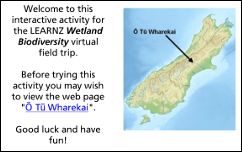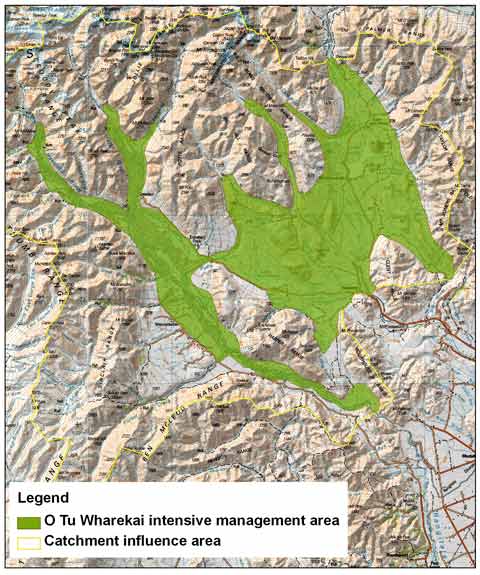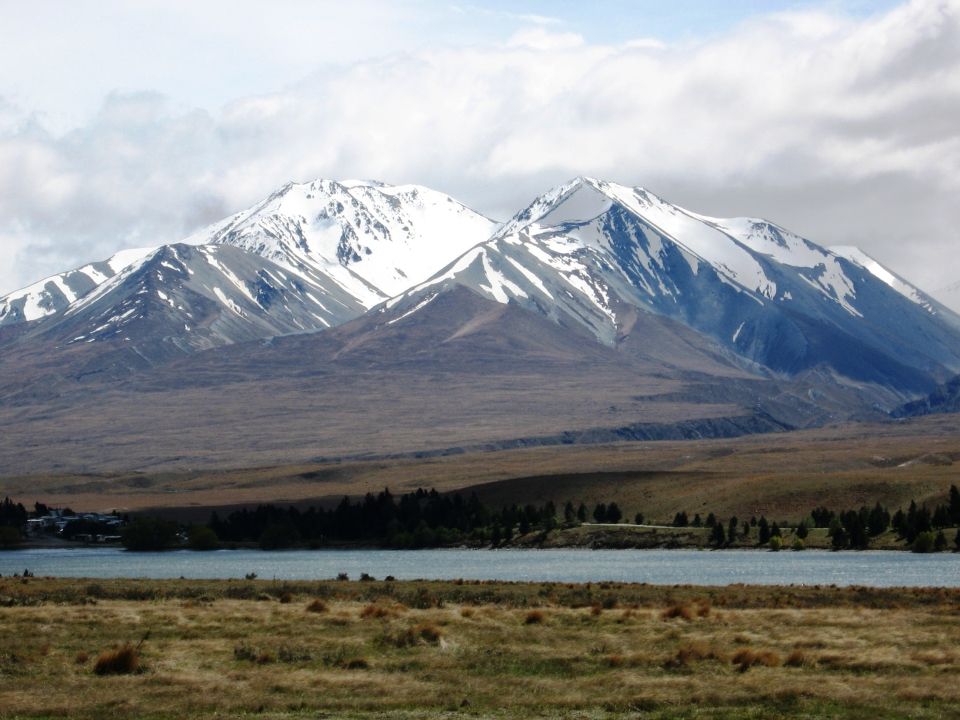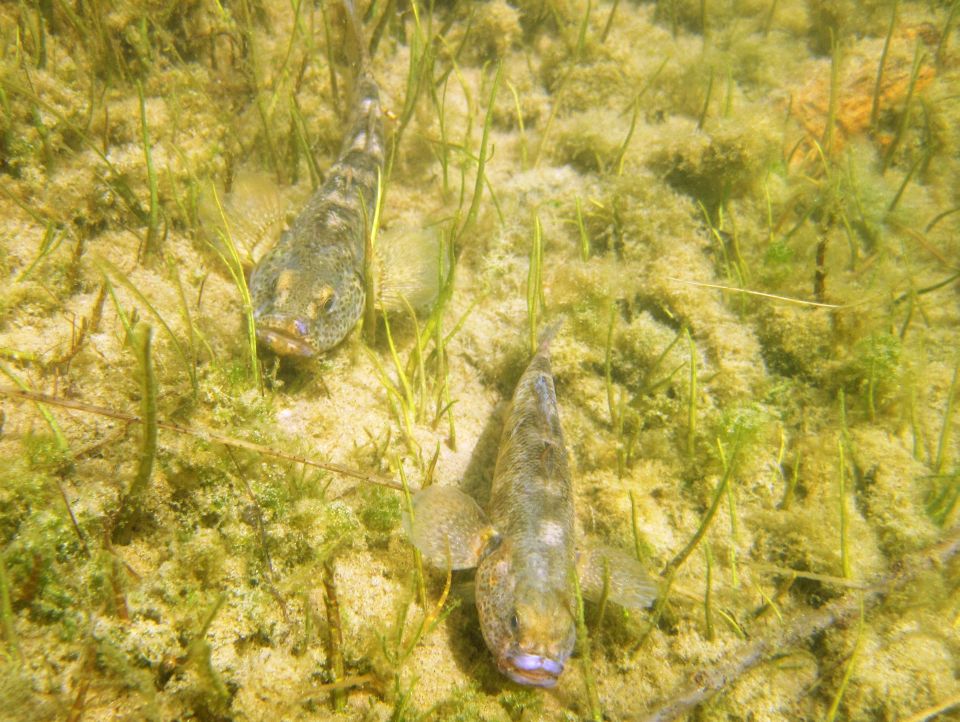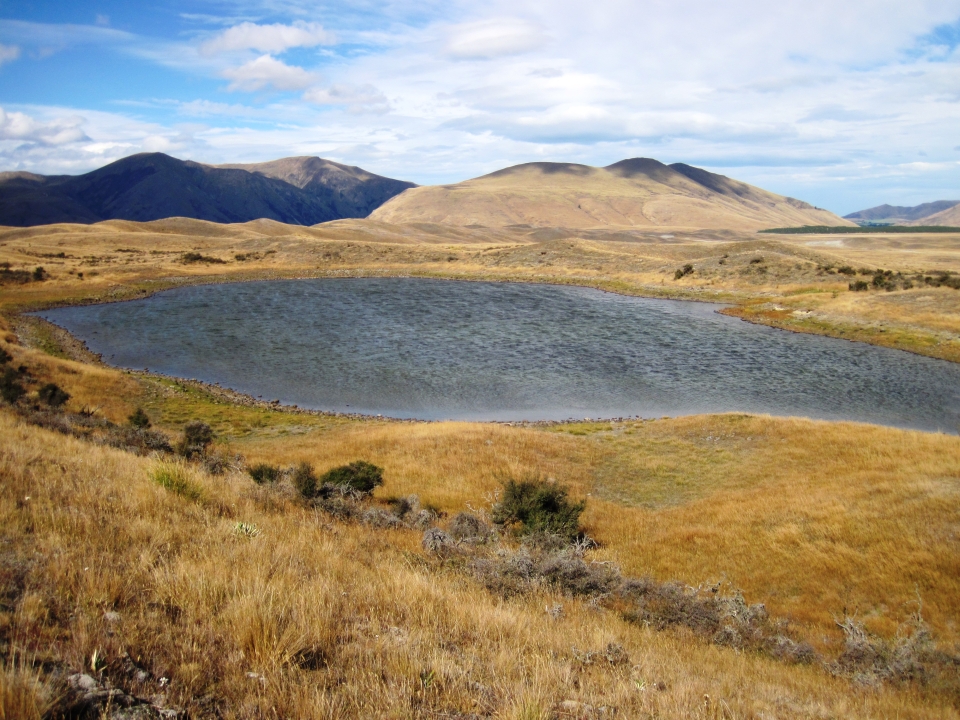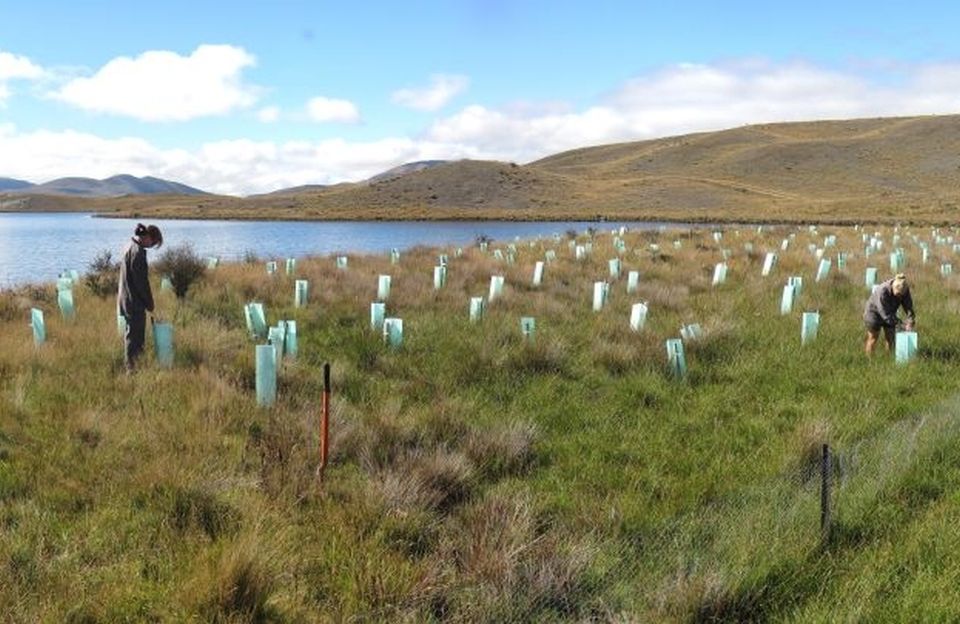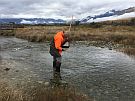Where is Ō Tū Wharekai?
Ō Tū Wharekai is a wetland area near the head of the Rangitata River, one of the braided rivers that helped form the Canterbury Plains. The Rangitata River flows 120 kilometres from the Southern Alps, entering the Pacific Ocean 30 kilometres northeast of Timaru. The Lord of the Rings: The Two Towers, and The Return of the King were filmed in this valley, on and around Mount Sunday.
Several remote sheep stations are located near Mount Sunday. These include Mesopotamia, Mt Potts, and Erewhon (an anagram of nowhere). Erewhon was named by Samuel Butler who was the first white settler to live at the Mesopotamia sheep station.
Just downstream from Mt Sunday lies Ō Tū Wharekai nestled amongst high country tussocklands and surrounded by the towering Southern Alps/Kā Tiritiri o te Moana. The Hakatere Conservation Park centred on Ō Tū Wharekai, was opened in October 2007.
Why is Ō Tū Wharekai important?
- it is an inter-montane wetland
- it is important for wildlife
- there are a variety of different types of wetland
- Ō Tū Wharekai is a popular tourist and fishing destination
- Ō Tū Wharekai is one of the best examples of an intact, inter-montane wetland system remaining in New Zealand.
Ō Tū Wharekai is nationally important for wildlife. It is one of the three sites that make up the national Arawai Kākāriki wetland restoration programme. This programme aims to protect wetlands, and increase our understanding of these productive environments. The better our understanding of these environments, the more we can improve wetland restoration in New Zealand.
Ō Tū Wharekai is a mix of diverse wetland habitats nestled amongst high-country tussock.
The habitats include:
- braided rivers
- high country lakes
- ephemeral tarns
- streams
- swamps
- bogs.
Ō Tū Wharekai's diverse range of habitats supports a high level of biodiversity including, wrybil, crested grebe, upland long jaw galaxiids, and the strange tadpole shrimp.
Aims for Ō Tū Wharekai
- maintain and improve water quality
- protect and/or restore wetland habitat
- improve plant and animal diversity
- conserve historic and cultural sites
- encourage sustainable land use
- improve facilities for the public to visit
- get assistance from the community
- learn more about wetland management.


